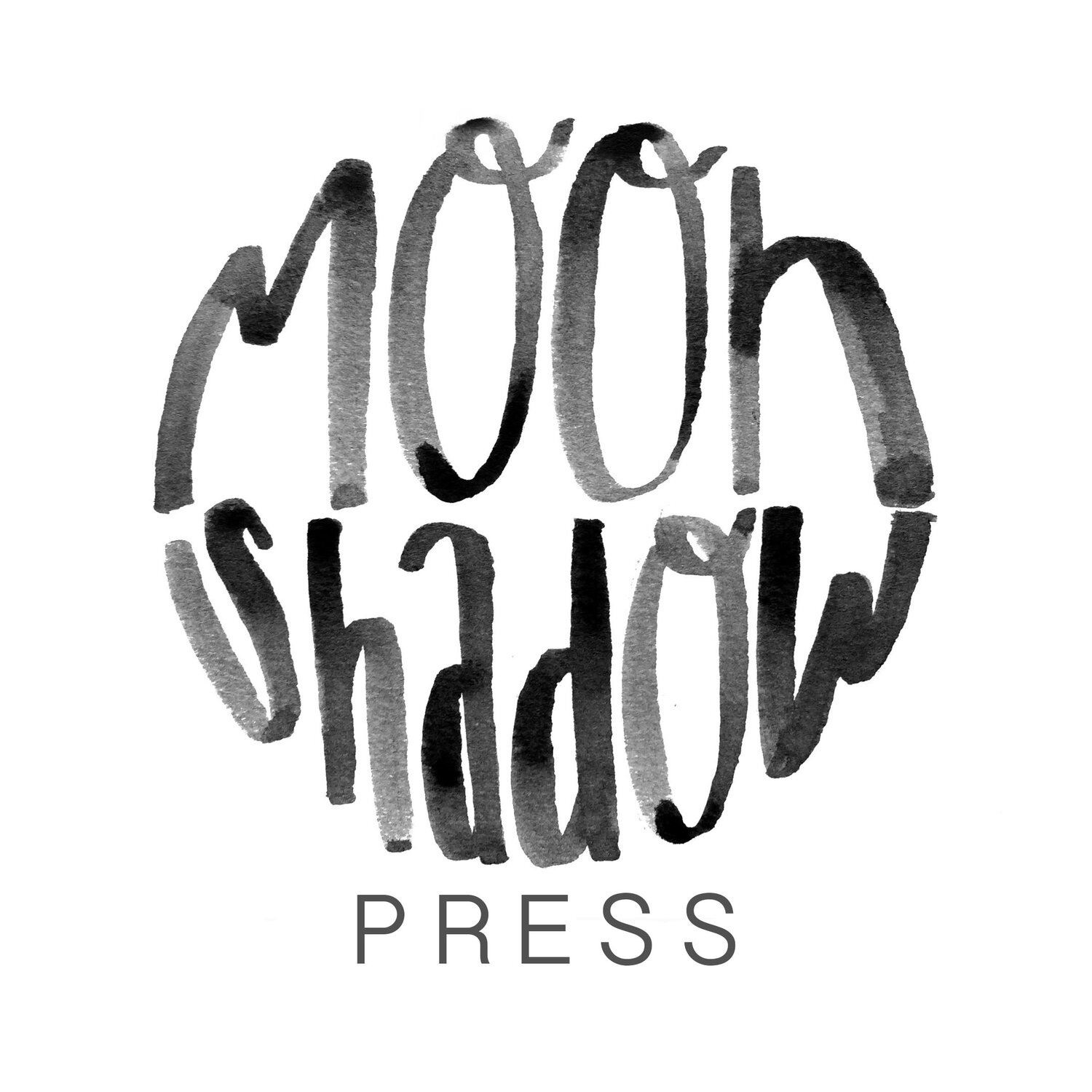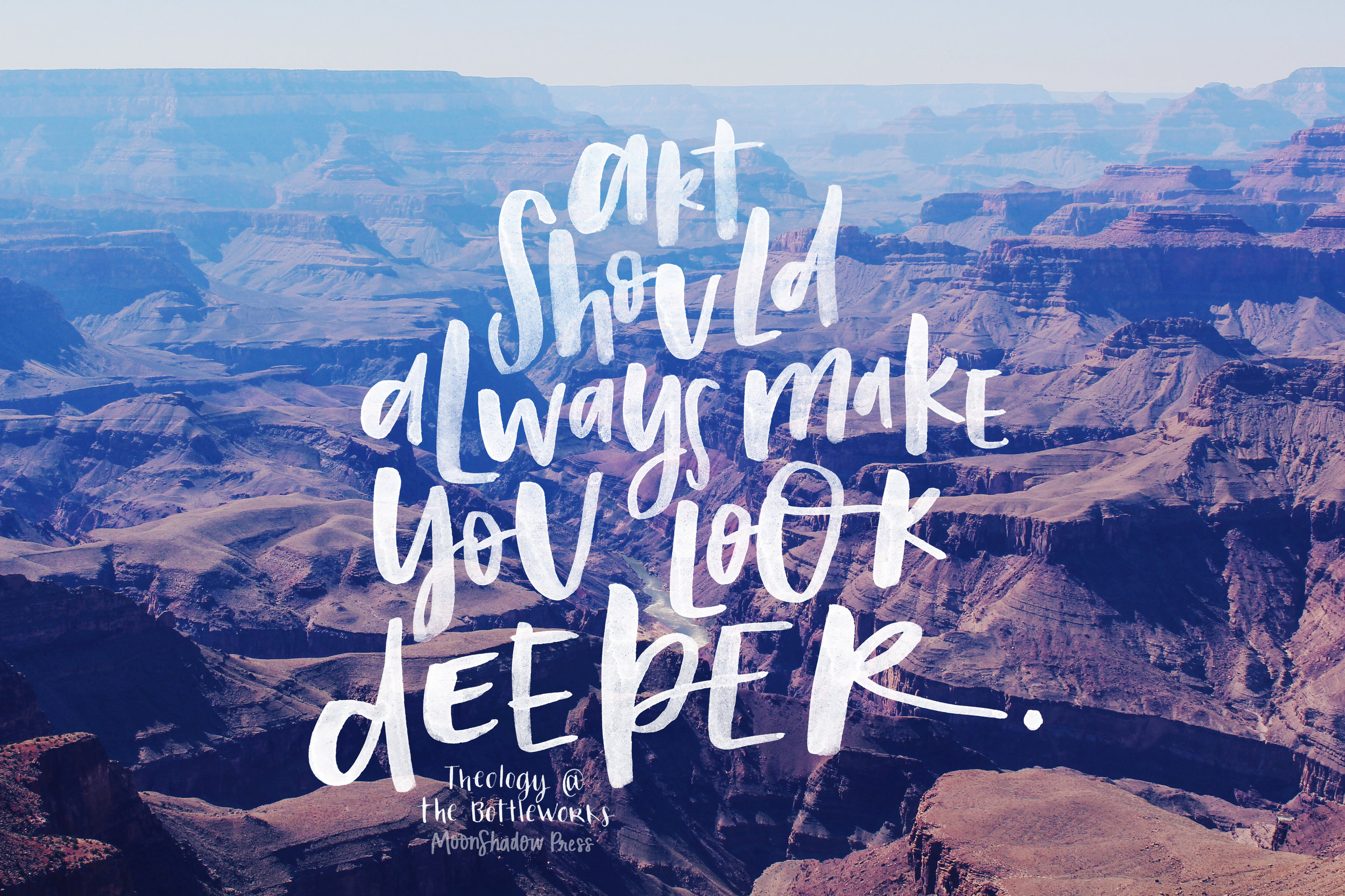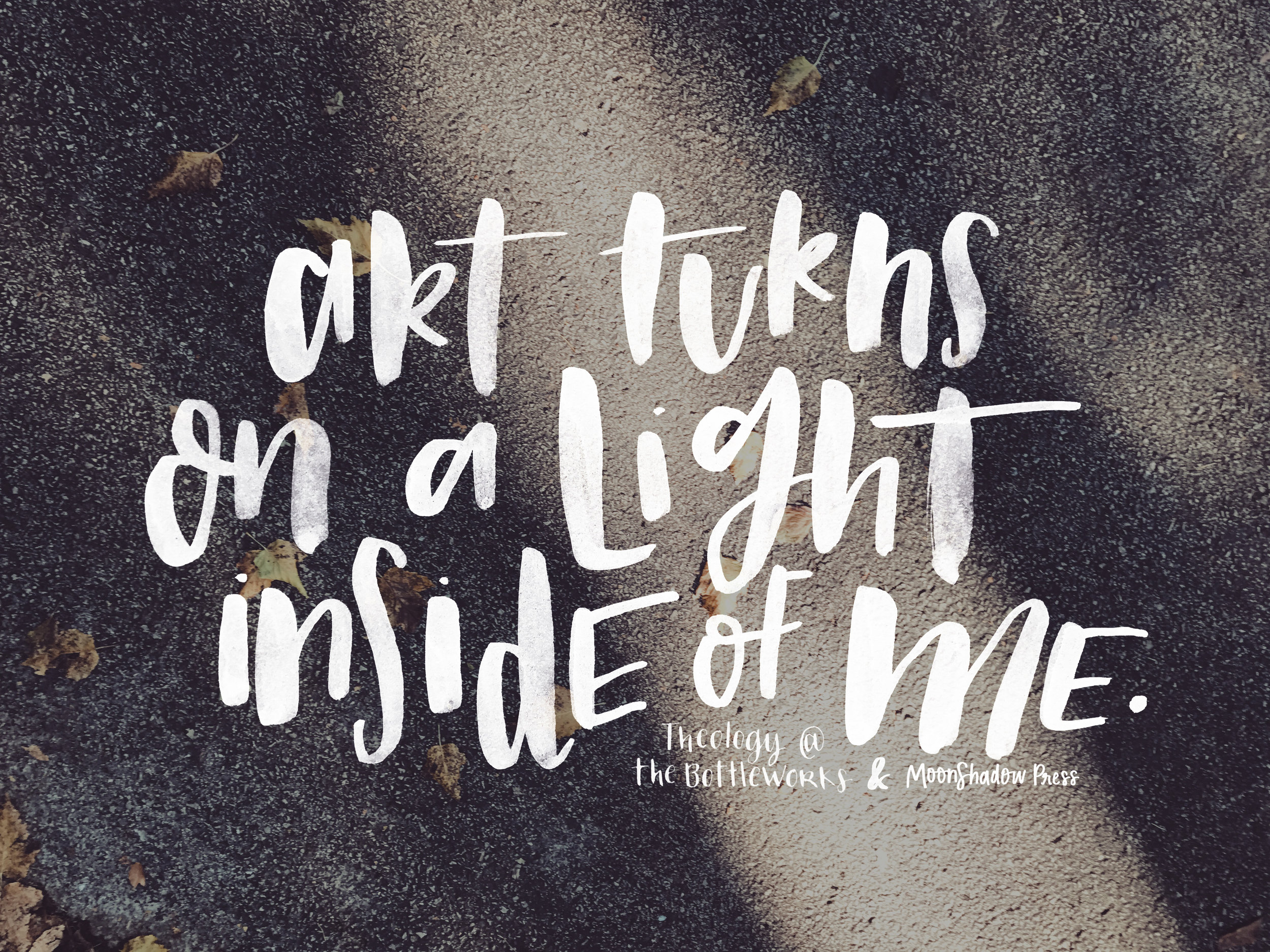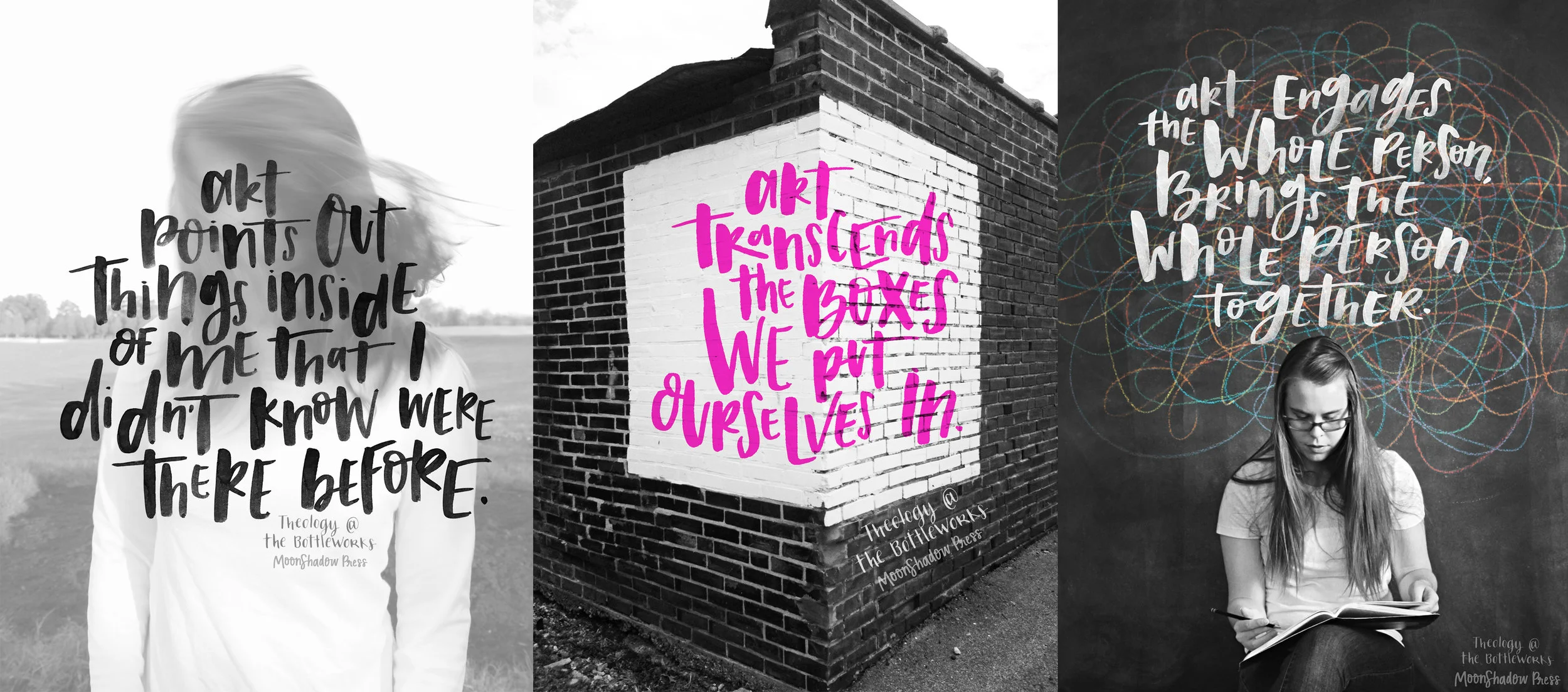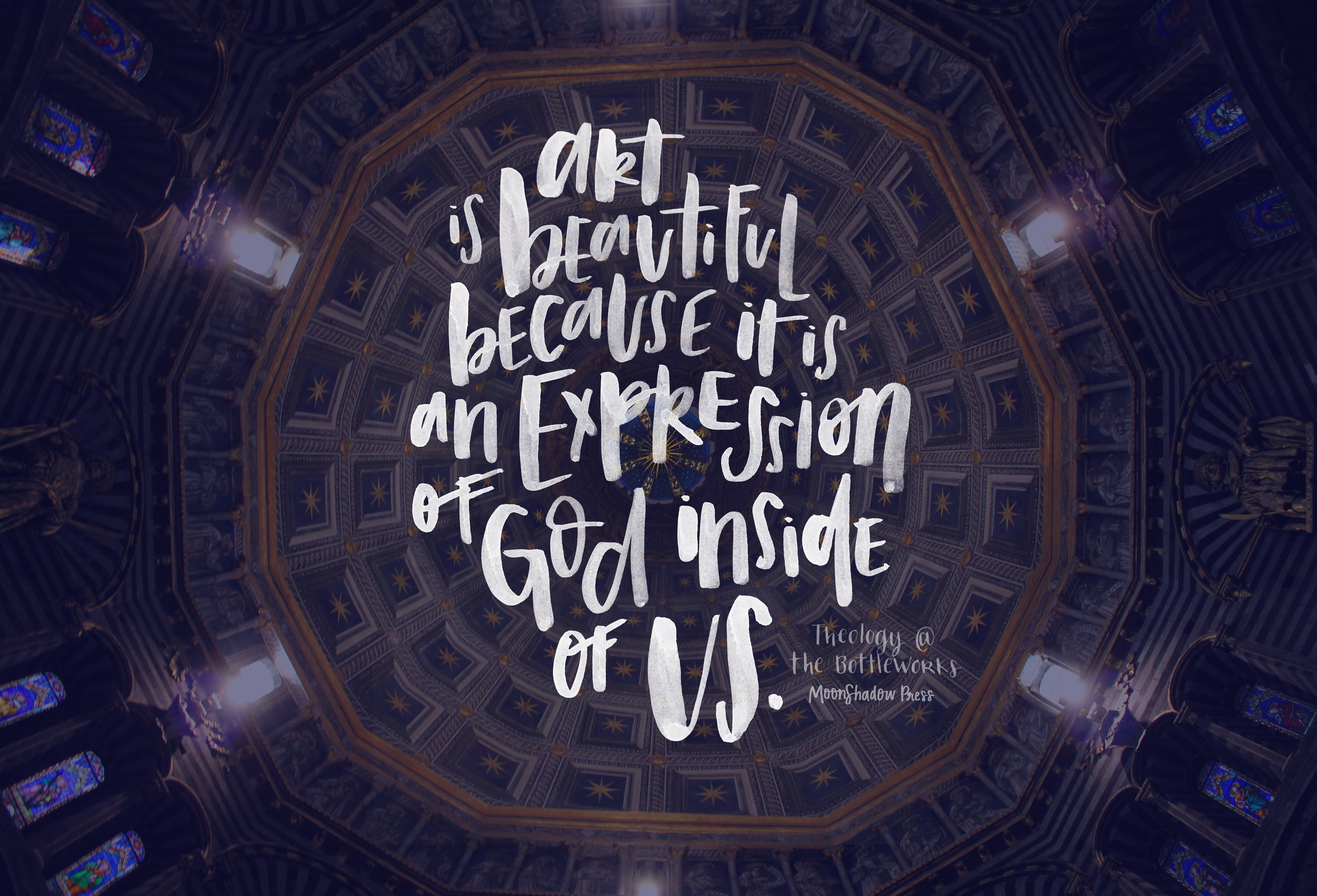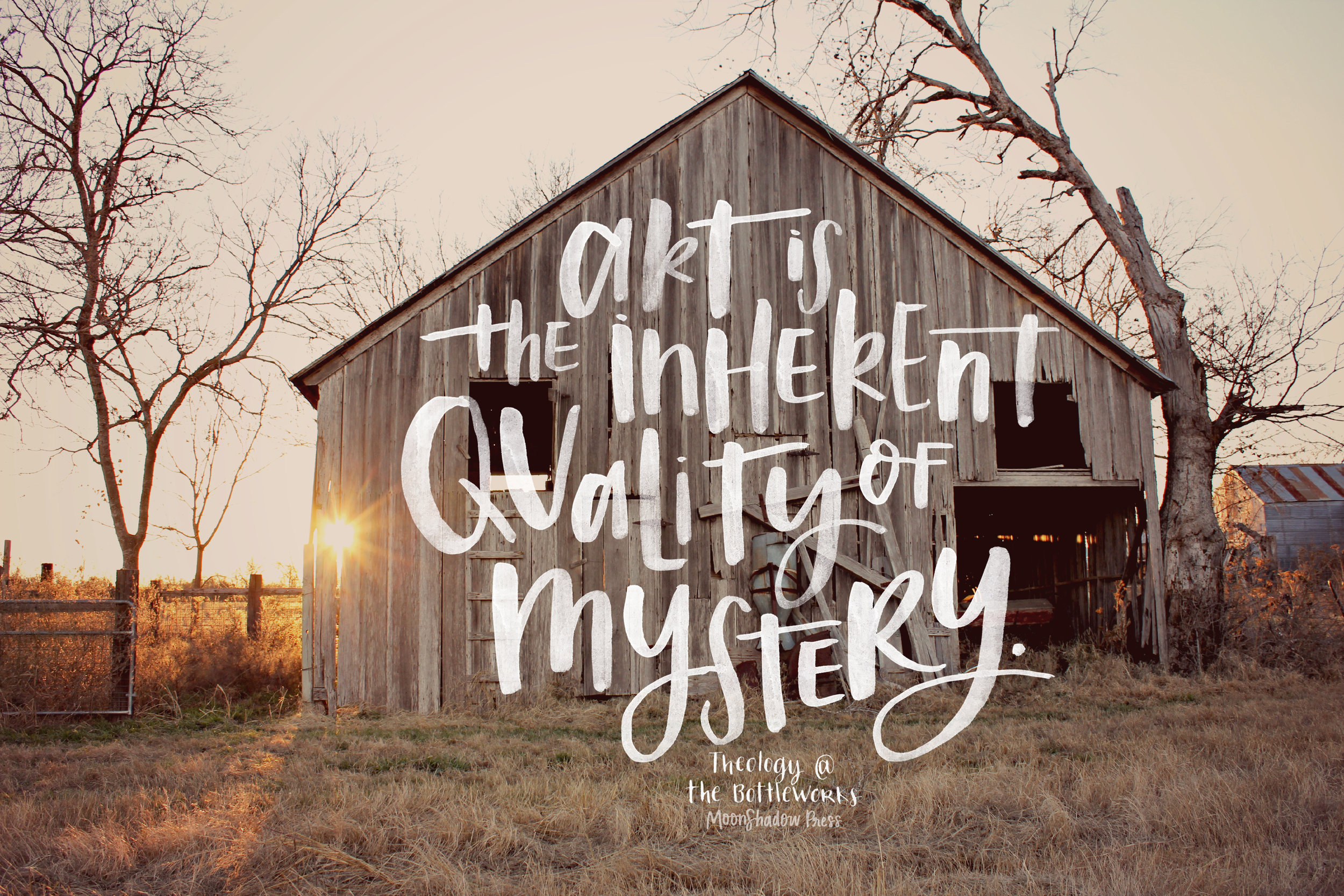The Schlafly Bottleworks in St. Louis, MO, partners with an organization called, Midrash, creating an event called "Theology @ the Bottleworks." Once a month, people from all over the city, all walks of life, and usually multiple religions come together for a thoughtful discussion about a current event. In 2015, I went to about art, where the question, "What is art?" was asked. It was an inspiring conversation, and I took pages of notes. From those notes I pulled out these quotes and paired them photographs I've taken over the years. May they speak to you as much as they have to me.
Looking Back: 3 Key Artworks from my Past
1. Language is a Nice Bridge but Sometimes You Need a Boat (2012). Photograph.
Half of my sophomore year in college I spent studying art in Florence, Italy. While we obviously learned about Italian culture and history, our professors also taught a class on contemporary art practices. The important elements of this studio included introductions into conceptually driven artworks and practicing what I'll call, "quick creations." Making a quick creation is about allowing yourself to detach from the idea that an artwork needs to take a lot of time in order to be valuable or finished. Now, my love language is quality time, so quick creations are not my default setting. However, out of practicing came the photograph above. It started as a found object sculpture featuring just the stack of envelopes, but a few minutes before my critique I felt like something was missing. I looked around my studio space and saw another unfinished item from a day of quick creations - the cut out boat. All at once, I knew they two belonged together. Right as my professors walked over I shoved the boat into the top envelope. Everyone loved it! Most importantly, I loved it. After the critique I photographed the sculpture for documentation's sake, but ended up using the photograph as the final piece instead of the sculpture itself.
Key moment: This piece was the first time I really grasped the power photography has for creating entirely new worlds that are a part of but also some how magically separated from the real world. Photography is a world builder's tool.
2. Thought Cloud Prototype (Fall 2012). Mixed Media Sculpture: Monoprinted book pages & thread.
It took me quite a while to find my footing when I started as a Printmaking major. I hadn't taken any printmaking classes, so I had a lot of catching up to do. In twelve weeks I learned thirteen new printmaking techniques, and was still expected to create advanced level work. I took a lot of criticism about my work looking "too much like a beginner's," but I was a beginner. The only thing I could do to change that was keep working. So I did. It was painful and difficult, but the greatest thing in the whole wide world happened: and idea sparked, and through learning and practicing, eventually I had enough experience to execute that idea, and - here is the really really awesome part - that idea and those beginning artworks sparked even more ideas and artwork for years to come. From the Thought Cloud Prototype, pictured above, came an entire body of Thought Cloud inspired artwork, spanning multiple media and techniques. Then, from that body of work came another new series, my fourth series of hand embroidered photographs, INTENSITIES.
Key Moment: 1). One small idea can spark a chain reaction of many more ideas. 2). Just because a professor or your peers say they don't like or are unimpressed with your artwork doesn't mean the art doesn't have value now and/or won't lead to something awesome later. At the end of the day, many critiques are unfair and biased assessments. When I graduated, I took a second look at my beginning series of Thought Cloud prints and was inspired enough to make three new, related series. Then, I turned all of my Thought Cloud artwork- old and new- into a solo show for an art gallery. Everyone loved it.
(Here is a link to the whole body of work that was in the show: Follow a Line of Though. )
3. Be Brave (2014). Embroidered Photograph/Collage: photograph, book page, thread.
Honestly, I was in a dark place when I graduated from art school. It felt like I'd just spent four years being told how terrible I was at making art. When I got out, I was beyond ready to separate myself from what I'd been doing before (printmaking) and make something new. I've always loved poetry, photography, and drawing, so figuring out how to combine those was my top priority. That is when I stumbled upon hand embroidering photographs, on Etsy. There was an event on their website about local "making" parties to get people's creative juices flowing, and the next one was learning to embroider photos. My brain just about exploded with the sheer genius of the idea. I tried it out on my own (because I was afraid of people/critics), and started stitching short phrases, or "phrase poems" into photos I'd taken. Next I added papers and vellum to give the pieces more of a collage feel. It was great. I loved it. I actually felt proud of what I was making. And the best part was, the longer I worked with it, the more I realized stitching was it's own form of drawing. Writing, Photography, and Drawing- I'd found a way to combine all of my favorite art forms into one thing. *dance dance dance* But when I first thought to do a serious, large series of embroidered photographs, I hesitated. There was a crowd of negative voices in my head, ghosts lingering from school days, that told me things like, "embroidery isn't art, it's too crafty." I was scared. I didn't want to be humiliated or hurt. Who does? But one day while I was working in studio I just said, "Forget you, negative voices! I want to make this!" So I did, and I do, and I enjoy it.
KEY MOMENT: The fear and negative voices were loud, but in a moment of God given bravery I tried anyway. I let the sparks of curiosity and inspiration fly to see what would catch fire, and discovered a combination of mixed media that was perfect for many of my ideas. Now I've created three complete series of embroidered photos, started a fourth, and even won an award for my work/technique!
The St. Louis Art Fair's Emerging Artists Program
Last week I completed the two year Emerging Artists as Entrepreneurs Program (EAEP) through the St. Louis Art Fair. What an amazing experience! The hardest part of learning something new is often figuring out how to jump into the swirling mass of “unknown-ness” and start putting pieces together. That’s why gems like the EAEP are, well, gems.
First of all, the program is lead by the President and Director of Operations & Programming of the St. Louis Art Fair- AKA Cindy and Laura- AKA the top dogs- AKA two of the most beautiful, knowledgeable, and encouraging souls you will ever meet. Even though they could have said they were too busy taking care of the 185 other artists, both of them spent a lot of time and energy with us throughout the whole program. After applying for the EAEP, these ladies are your first point of contact.
As an Emerging Artists, this what you can expect:
For the first year of the program, a group of experienced artist vendors are gathered to be mentors. They participate in panel discussions and allow Emerging Artists (EAs) to help out and get hands on experience throughout the weekend. EAs sit in on lectures and Q&A sessions, and then following everyone from the Judges to the mentors around all weekend. In the process EAs learn what it takes and how it works to be in an art fair- like really how it works. You may, like me, at first think that the artwork is the most important part of an art fair. In some ways it is. However, if you don’t know how to properly pack your car to get to the fair, put up your tent, design you booth (walls, lighting, & weights to combat the wind included), accept payments, deal with taxes, & a slew of other details, the artwork will only get you so far. If it sounds overwhelming, it is, but Cindy, Laura, and all the mentors are there for the EAs every step of the way.
Year 1 in a Nutshell:
Emerging Artist: OMG I never thought of that.
Mentor/Cindy/Laura: That’s why we are telling you.
Emerging Artist: OMG I can’t do this.
Mentor/Cindy/Laura: Yes you can! Go look at some awesome artwork to calm down.
Year two is when you get to show off all the cool things you learned the year before by actually showing and selling your artwork! The Emerging Artists are given a 20ft x 20ft tent, wall panels, and lighting to share. Together you design your space, put the walls and lights up, hang your artwork, talk to everyone that stops by your booth, sell as much art as you can, take it all down, and enjoy the fruits of your labor. We crammed 36 hours of work into 3 days. The art fair life is not for the faint of heart.
I matched the minimal aesthetic of my work with the presentation. Using the chest of drawers helped keep my area looking clean while still having important stuff, like business cards and a credit card reader, close at hand.
This was the first time I've used a clothing rack to display artwork, and I loved it! It worked great, except that the wind kept pushing all the pieces to one side.
Year 2 in a Nutshell:
Emerging Artist: OMG something is wrong with our tent.
Mentor/Cindy/Laura: Use your noggin.
Emerging Artist: OMG we figured it out!
Mentor/Cindy/Laura: Our babies are growing up! xoxo
That’s not all though! As a part of the program, the Judges come and talk to each EA, which culminates in one Emerging Artist receiving an award and getting to come back the next year in booth of their own, free of charge. #OMG.
Considering we all learned so much and did a great job displaying our work, I am absolutely honored to share that I won the award this year! I am thrilled and grateful to have had the opportunity to show my work alongside so many great artists again next September.
I’m also thankful for all the new relationships that came out the program! A huge shout out to our group of Emerging Artists: Jenna, Kim, Stacy, Amber, Susan, Lizzie, and Emily! Y’all are gracious, creative, and encouraging to work with and be around. Much Love! Another shout out to Cindy, Laura, and all the mentors who spend their precious time teaching and empowering us! I don’t know how I would have broken into the art fair world without your introduction and instruction. Thanks for making something big and scary become manageable and exciting. See you next year!
Do you think the Emerging Artists as Entrepreneurs Program could help your art career? Since the answer is a definite yes, find our more information about applying on the Cultural Festival website!
